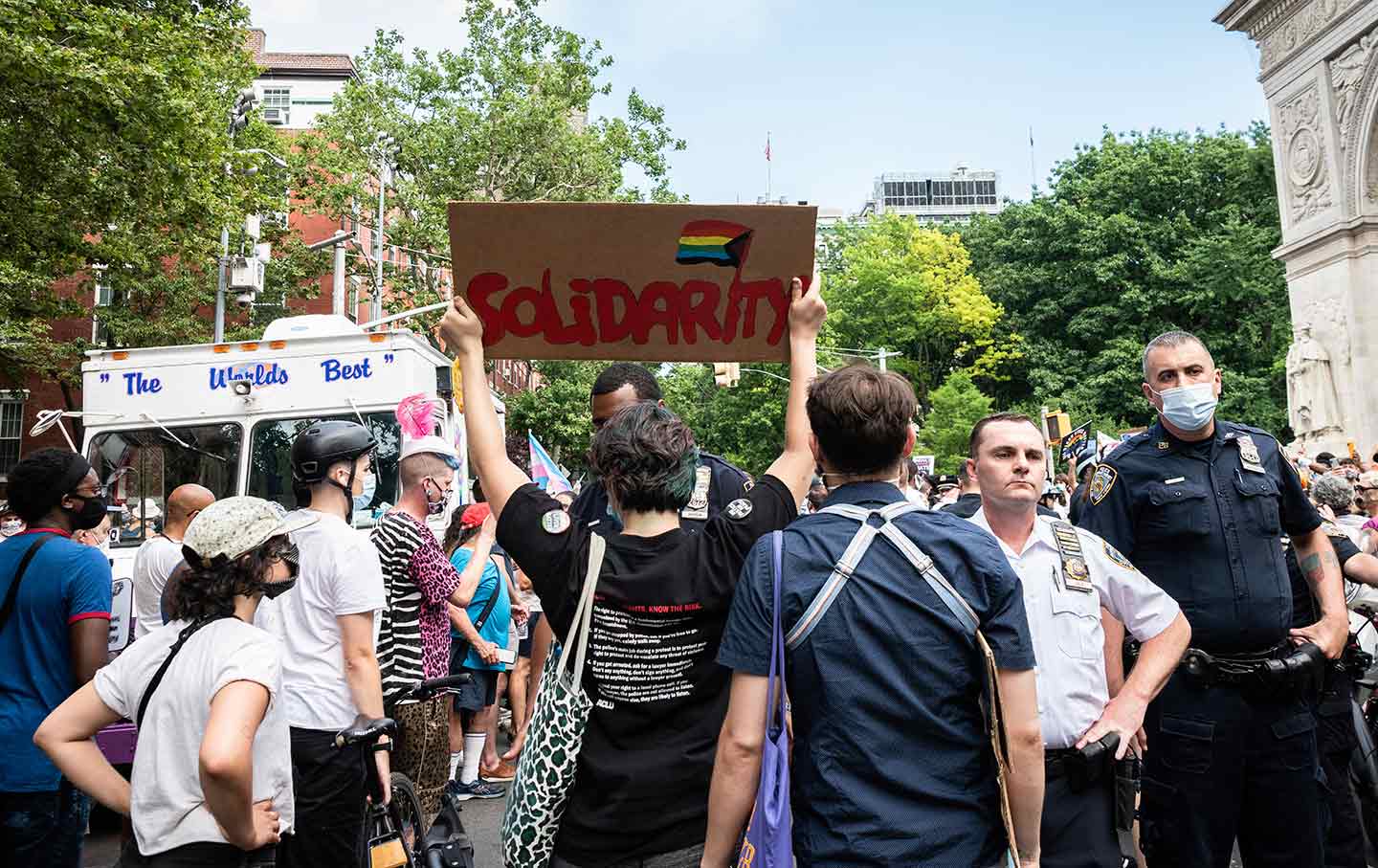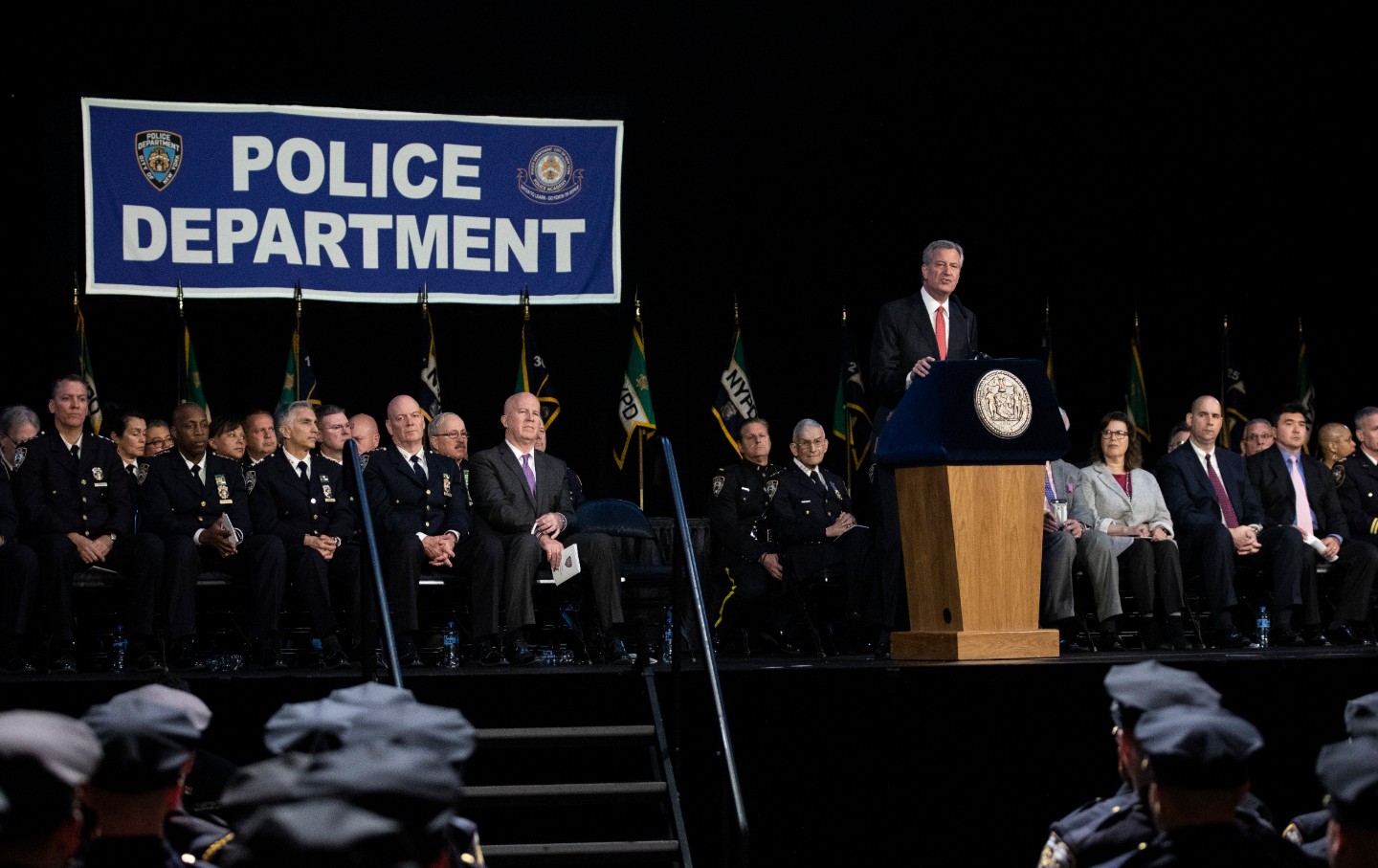Challenging the French Republic’s Color-Blindness
by PHILIPPE MARLIÈRE
JULY 3, 2020 COUNTERPUNCH
by PHILIPPE MARLIÈRE
JULY 3, 2020 COUNTERPUNCH

Photograph Source: Mike Shaheen – CC BY 2.0
George Floyd’s killing by a policeman in Minneapolis reverberated across the world in an unprecedented fashion. On all continents, young people took to the streets to pay tribute to Floyd. They protested against police brutality which they regarded as ‘systemic’. Citizens expressed their anger at the racial profiling of Black people by the police.
Those American scenes had a strong echo in France for two major reasons. Firstly, racialised populations were the most affected by Covid-19. Secondly, the young racialised could identify with George Floyd as they experience the same discriminating practices as their American counterparts.
There is strong anecdotal evidence that racialised populations were the most affected by Covid-19 in France and in the United Kingdom. In the UK, ethnic statistics were used to back up the claim, whereas in France it was only an assumption as no such statistics are available. People facing the greatest economic deprivation experienced a higher risk of exposure to Covid-19. Existing poor health put them at risk of more severe outcomes when they contacted the virus. Being poorer, living in overcrowded housing, poor health and access to health services largely increased the chances of contracting coronavirus. A British survey pointed to a strong correlation between those factors and the high rates of infection among the BAME population. What is more, BAME people were overrepresented among key workers (nurses, couriers, supermarket cashiers); the most exposed and affected workers during the pandemic.
The French media reported on the situation in the UK, but showed no interest in what was going on in France. Rare articles in the French press noted that in Seine-Saint-Denis, the poorest French department, was the area which had the largest racialised population, many of them being key workers. Furthermore, the BAME population were also on the receiving end of the government’s most draconian lockdown measures. BAME people in Seine-Saint-Denis were three times as much arrested and fined as white people. Police brutality against ethnic minorities in poorer suburbs also made the headlines.
Why is there so much reluctance to address the question of racial discrimination in France? It can be best explained by the fact that French citizenship is granted to individuals in abstracto. To be a French citizen is to be part of a national community no matter what people’s ethnic or religious background is. France, which is deemed an ‘assimilationist’ country, differs from the ‘pluralist’ nations such as the United States or the United Kingdom in as much as it is theoretically indifferent to its citizens’ personal identity. The French State interacts with individuals, not with communities.
This is one of the legacies of the French revolution which broke with the class-ridden Ancien Régime by positing that all Men are born equal. It has now become one of the most ingrained features of French republicanism. As a result of this, it is illegal to implement any kind of positive discrimination action in education, housing or on the job market. A 1978 law regarding ‘data files, processing and individual liberties’ explicitly prohibits the collection and processing of personal data that reveals directly or indirectly, the racial and ethnic origins, or religion, of any persons.
Contrary to the liberal-multiculturalist way of thinking which reckons that this information is vital to identify and measure the extent of racial discrimination, France’s republican ideology thinks to the contrary: to collect ethnic-related data on individuals is allegedly ‘racist’ because it posits the unscientific notion that ‘races exist’. In truth, the lack of statistics makes it virtually impossible to judge the level of discrimination of Muslims and other ethnic minorities, since those populations are invisible in the rhetoric and data of the government and of the media.
The conditions were therefore ripe for the French youth to take to the streets and protest against police’s brutality, its arbitrary powers and racism. George Floyd’s killing gave young racialised that momentum. There have been several young people’s deaths under police custody. In a very large number of situations, the cases against policemen were dismissed and no sanction were taken against the perpetrators of violent acts against members of the public. The existence of institutional racism within French police is well documented. France has been sentenced several times by the European Court of Human Rights for breach of human rights such as torture or mistreatment. The Cour de Cassation – France’s highest court – condemned the State for ‘wilful misconduct’ in its racial profiling procedures. In a damning report, Jacques Toubon, the Ombudsman, singled out the ‘systemic’ racial profiling of youngsters subjected to repeated identity checks. The most high-profile case concerns Adama Traoré, a 24-year-old Black Frenchman who, according to his family and medical experts, was asphyxiated under the weight of three police officers in 2016.
Assa Traoré, Adama’s sister, set up the Justice and Truth for Adama committee, which has been demanding the indictment of the police officers involved in the arrest. Four years on, those three men are still active members of the police. On 2nd and 13th June, the Adama Traoré committee respectively gathered together 20,000 and 120,000 people in Paris despite a media blackout. No antiracist movement had ever managed to get off the ground in such spectacular fashion without any money or institutional support. The historic gathering in Place de la République showed that George Floyd’s death had struck a chord with young racialised people. They mostly demanded the prohibition of all the deadly techniques of arrest: the chokehold, strangling or kneeling on people’s backs.
The resurgence of anti-racist demonstrations – something relatively unheard of since the 1980s – was met by incredulous politicians. As ever when it comes to race, the French establishment was in denial. Most reverted to the tired argument that to talk about ‘race’ was ‘racism’. They argued that France had to uphold its ‘republican universal’ values, the best defence against racism and division. In a televised address to the nation, President Macron failed to pay tribute to George Floyd. In a thinly veiled critique of the Adama Traoré committee, he labelled the demonstrators of Place de la République ‘separatist’ and ‘communautaristes’ (a very pejorative word which implies that people reject the laws and traditions of the republic, and cultivate instead their own ‘community-driven’ values and lifestyles).
In a country which traditionally prides itself for rejecting all forms of ‘Americanisation’, the rise of antiracist activism was portrayed by some as an attempt to import American debates into French society. The use of a new repertoire of concepts to describe forms of racist discrimination was described by some as ‘political correctness gone mad’. Yet, the antiracist camp has been scoring important points: notions such ‘white privilege’, ‘racialised people’, ‘State racism’, ‘decolonial thought’ have lately been gaining traction and recognition in the public debate.
Under the impulse of the Justice and Truth for Adama committee, the fight against racism may be at a turning point in France. Never since the 1983 March for Equality and Against Racism, antiracism had taken centre stage in French politics. What is more, this new antiracist activism relies on the grassroots of the movement. These activists are young, ethnically diverse and intellectually ready to challenge some of the myths of ‘republican universalism’.
More articles by:PHILIPPE MARLIÈRE
Philippe Marlière is a Professor of French and European Politics at University College London (UK). Twitter: @PhMarliere


 Top ArticlesMaya Moore for the Win
Top ArticlesMaya Moore for the Win



 READ MORE00:14/00:30
READ MORE00:14/00:30



 STATISTA
STATISTA STATISTA
STATISTA A graph comparing newly confirmed COVID-19 cases in the U.S. and Europe.STATISTA
A graph comparing newly confirmed COVID-19 cases in the U.S. and Europe.STATISTA









